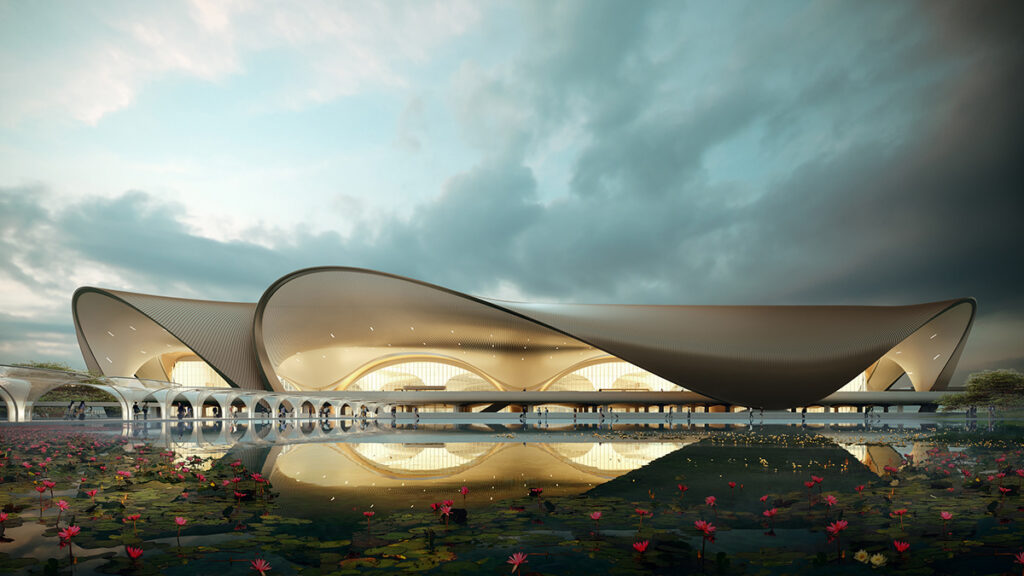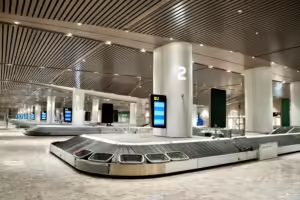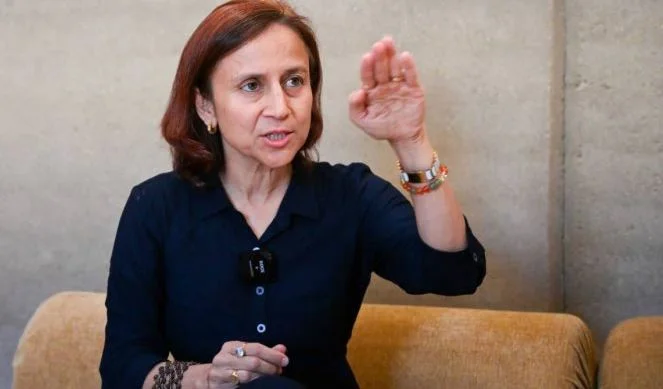
The Navi Mumbai International Airport (NMIA) was inaugurated by Prime Minister Modi on October 8th, representing a milestone in India’s aviation growth. The NMIA is designed as Mumbai’s second major air hub and a model of modern infrastructure. Moreover, it aims to ease congestion at the Chhatrapati Shivaji Maharaj International Airport.
Designed by Zaha Hadid Architects, the airport’s terminal draws inspiration from the lotus flower, combining cultural symbolism with futuristic engineering. The first phase includes a single runway and a terminal that can handle 20 million passengers annually. With future expansions, it is planned to increase capacity to 90 million passengers per year. The airport also stands out as India’s first fully digital airport, featuring biometric check-ins, self-baggage drops, and automated immigration.
Sustainability and Connectivity of NMIA

(india.com)
NMIA places a strong emphasis on sustainability and green practices. Solar energy generation, rainwater harvesting, and energy-efficient systems make it one of India’s most eco-conscious airports. The surrounding landscape and terminal design also incorporate natural light and ventilation to reduce environmental impact.
Connectivity is another key focus. The airport is linked to Mumbai through the Mumbai Trans Harbour Link, providing a direct 20-minute drive from South Mumbai. It will also connect with the Navi Mumbai Metro, suburban rail lines, and proposed water taxi services, making it easily accessible from multiple parts of the metropolitan region.
Economic Impact and Future Outlook
The project, estimated to cost around ₹19,650 crore, began construction in 2017 and has overcome challenges such as land acquisition delays and environmental approvals. There have been several successful flight tests in 2025. Now, the airport is expected to begin commercial operations by mid-December 2025.
The airport is already transforming Navi Mumbai’s landscape. Real estate demand has surged in nearby areas like Ulwe, Panvel, and Kharghar, while a proposed Aerocity spanning 667 acres will feature hotels, offices, and retail centers, creating thousands of new jobs.
Once fully operational, NMIA will position Mumbai among the few global cities with twin international airports, enhancing connectivity, trade, and tourism.
Stay updated for more stories with The World Times.



